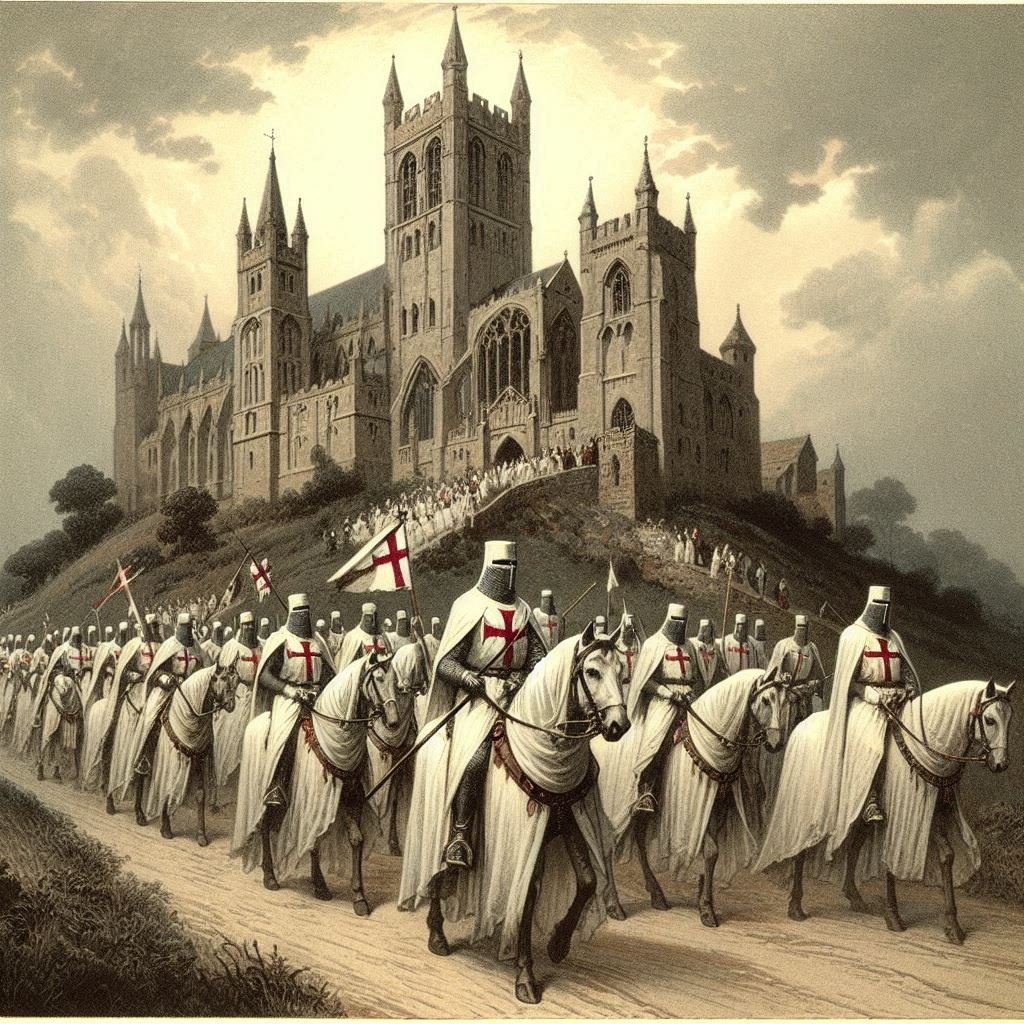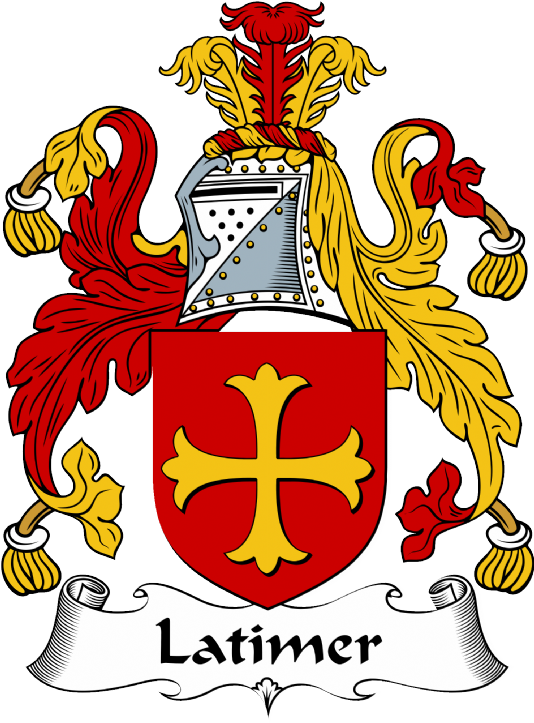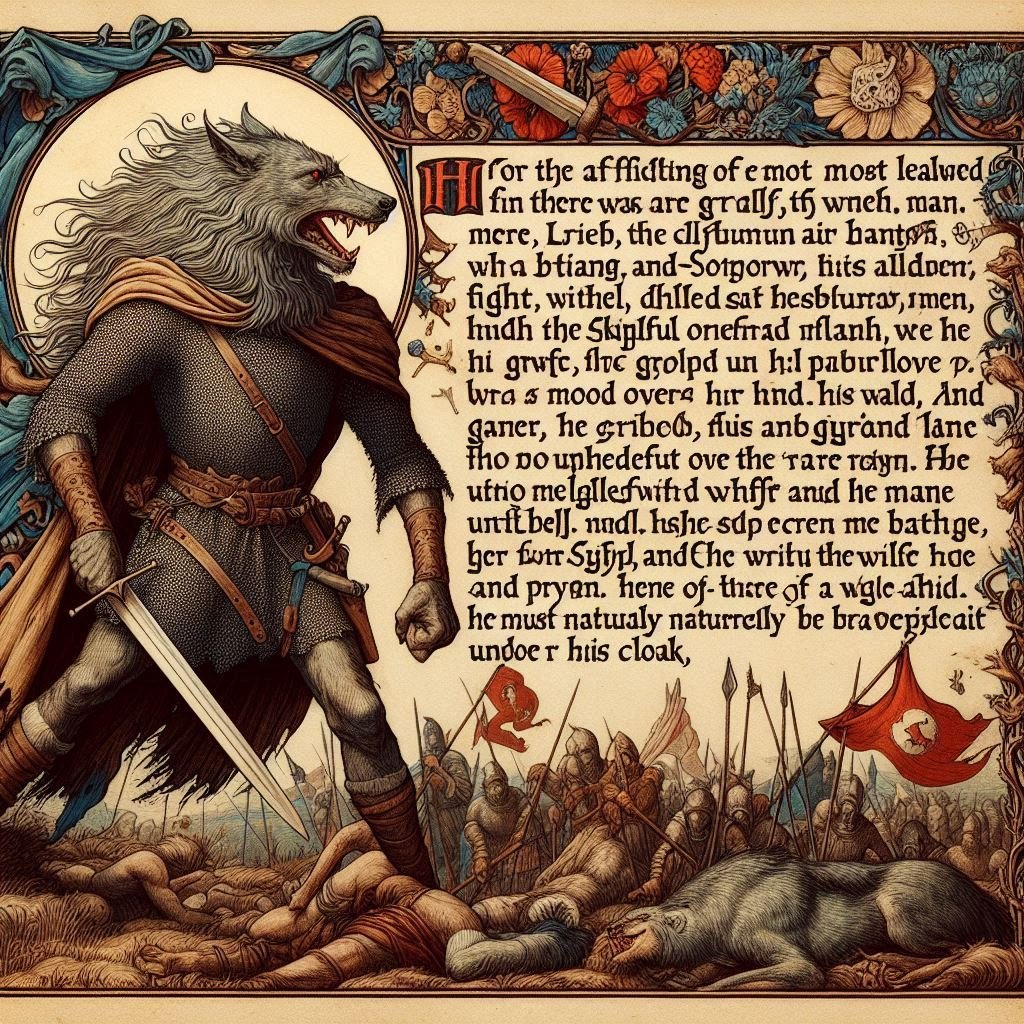Site Details:
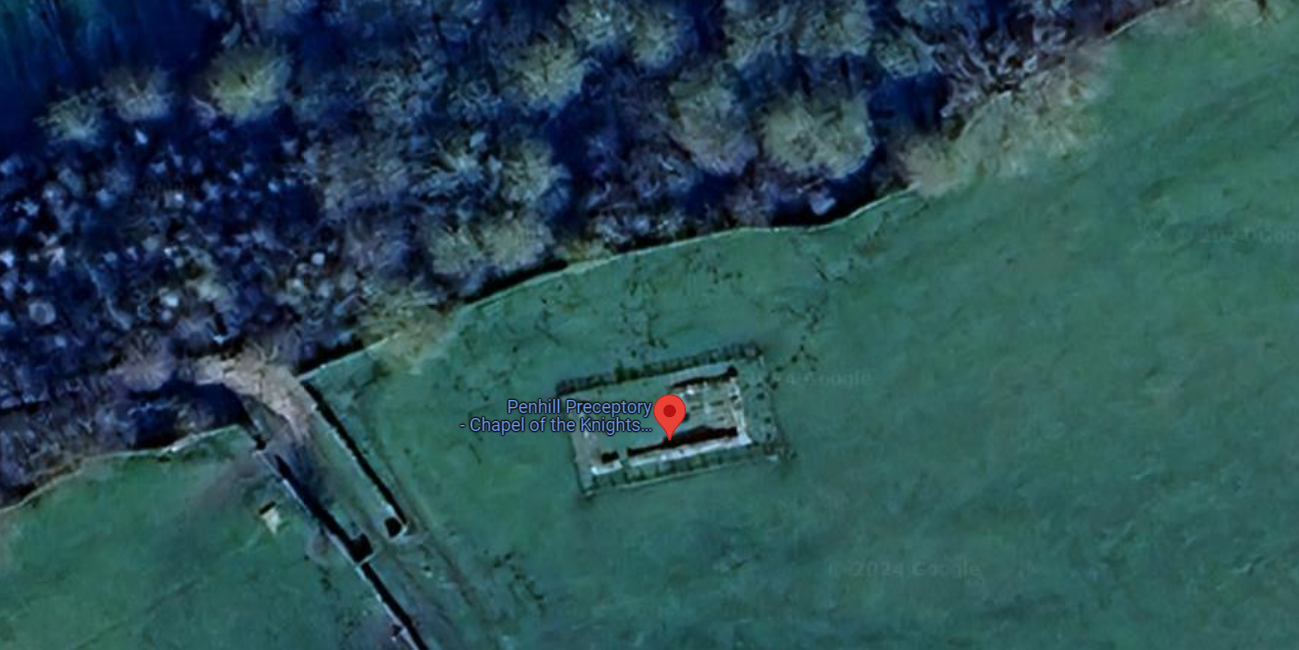 Penhill Preceptory, a site of significant historical intrigue, was one of the northern preceptories of the Knights Templar, a religious military order founded in the 12th century. The preceptory, located in Yorkshire, was established by Roger Mowbray around 1142 and served as a hub for the Templars' activities in the region. The Templars, known for their role in the Crusades, were a wealthy and powerful order that created a network of such preceptories across Europe, which acted as farms, recruitment centres, and revenue sources to support their endeavours in the Holy Land.
Penhill Preceptory, a site of significant historical intrigue, was one of the northern preceptories of the Knights Templar, a religious military order founded in the 12th century. The preceptory, located in Yorkshire, was established by Roger Mowbray around 1142 and served as a hub for the Templars' activities in the region. The Templars, known for their role in the Crusades, were a wealthy and powerful order that created a network of such preceptories across Europe, which acted as farms, recruitment centres, and revenue sources to support their endeavours in the Holy Land.
The history of Penhill Preceptory is closely tied to the dramatic rise and fall of the Knights Templar. The order was initially founded to protect Christian pilgrims travelling to the Holy Land, but over time, they amassed great wealth and influence, which eventually led to their downfall. In the early 14th century, the Templars were suppressed by King Philip IV of France, who coveted their wealth. The order was accused of heresy and other crimes, leading to the arrest of many Templars and the seizure of their assets.
In Yorkshire, the Templars established at least ten preceptories, including Penhill. The preceptory's chapel, the central part of the complex, is where the Templars would have conducted their religious rites. The remains of the chapel, uncovered in 1840, reveal the austere life the Templars led in these remote locations. The exposed tombs at the site, with their lids drawn back, provide a stark reminder of the order's once formidable presence.
The Templars' influence in Yorkshire was so significant that a 'chief preceptor' or 'master' was appointed to oversee their affairs in the region. However, this influence was not to last. Following the arrest of the Templars in 1308, the preceptory at Penhill, along with other Templar holdings, was confiscated by the Crown. In 1312, the order was officially dissolved by Pope Clement V, and much of their property, including Penhill, was transferred to the Knights Hospitaller, another military order.
The remains of Penhill Preceptory include the ruins of a chapel and several graves, which were uncovered in 1840. These remnants are indicative of the preceptory's rich history and its role within the Templar order.
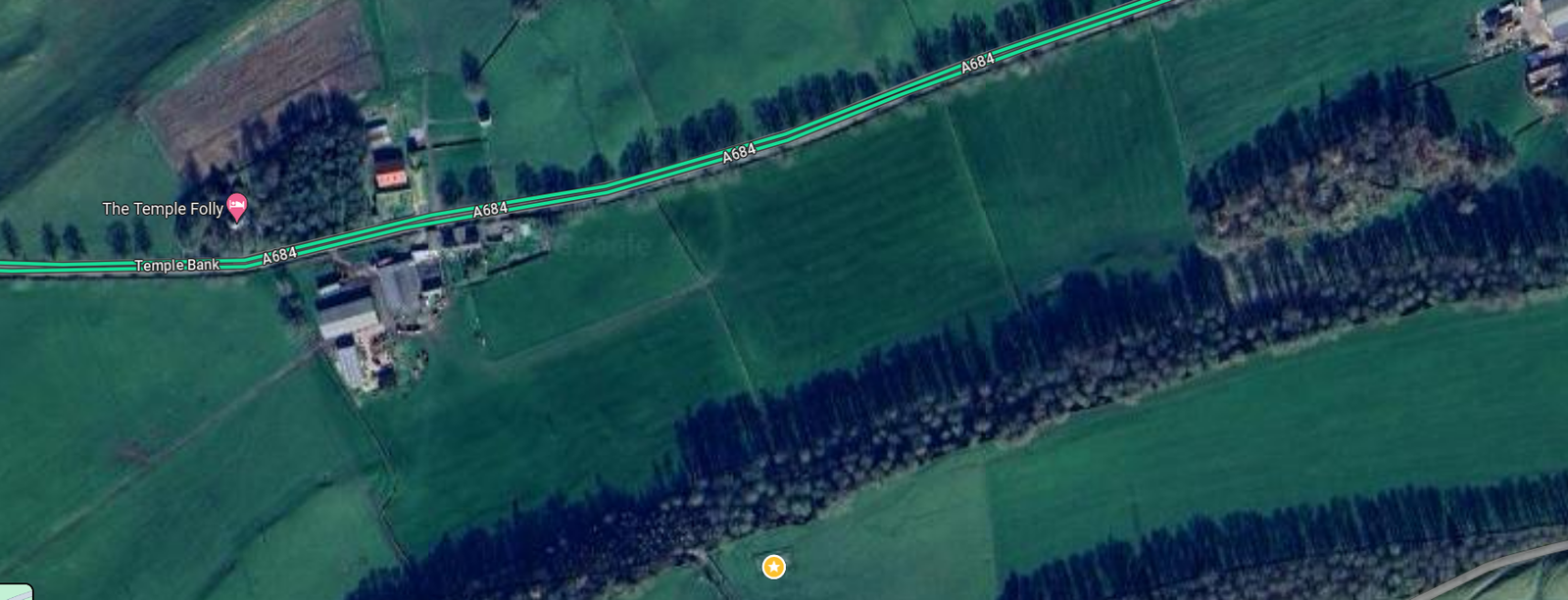
The site is also notable for an earlier field system at Temple Farm, suggesting a landscape steeped in agricultural as well as religious history. The preceptory's second iteration, established in 1202, featured a stone-built chapel, the dimensions of which were 17.5 meters by 6.8 meters, with walls 1.3 meters wide and up to 1.1 meters in height.
Within the main floor of the chapel, archaeologists discovered three stone coffins with cover slabs, and in the chancel, the stone base of an altar was found, further attesting to the religious functions of the site. Surrounding earthworks hint at the presence of additional contemporary buildings, though their exact nature remains a subject of archaeological inquiry.
The preceptory's history is intertwined with the Knights Hospitallers, who deemed the site worthless in 1328 due to its dilapidated state. Today, the Penhill Preceptory is recognized as a Scheduled Monument, a designation that underscores its importance and affords it legal protection. It stands as a silent witness to the enigmatic and often turbulent times of the Knights Templar, offering a tangible connection to the past and an enduring subject for both academic study and public fascination.
Penhill Preceptory stands as a testament to the enigmatic history of the Knights Templar. The site, though only partially excavated, continues to fascinate historians and visitors alike, offering a glimpse into the lives of the knights who once walked its grounds. The preceptory's story is a poignant chapter in the broader narrative of the Templars, reflecting both their immense power and their sudden, dramatic demise.

Relationship with The Temple Folly and Temple Lane
The Temple Folly at West Witton and Penhill Preceptory are intriguing historical sites that invite speculation about their interconnected pasts. The Temple Folly, with its evocative name and architectural whimsy, stands as a testament to the follies' tradition in the 18th century, where such structures were built for their aesthetic appeal rather than practical use. Its connection to the Knights Templar, however, is not immediately apparent from the structure itself but rather through the historical tapestry of the area. Penhill Preceptory, on the other hand, has a well-documented association with the Knights Templar, serving as a preceptory where the Templars lived and managed their agricultural estates and other affairs. The preceptory's location, perched on the slopes of Penhill, suggests strategic considerations, offering a vantage point that could serve both defensive and observational purposes. The Knights Templar, known for their role in the Crusades, were also recognized for their financial acumen and the establishment of an early banking system, which could have facilitated pilgrimages by providing necessary resources to pilgrims.
The suggestion that The Temple Folly could have been created as a new target of pilgrimage is a fascinating one. Pilgrimage routes have historically evolved, with new sites of veneration emerging as others fell out of favour or became inaccessible. The presence of Temple Lane, potentially a pilgrimage route, adds weight to this theory.
It is conceivable that after the dissolution of the Knights Templar, local memory of their presence lingered, and the construction of the folly could have been an attempt to rekindle or preserve the spiritual and historical significance of the site. The folly, therefore, might have served as a symbolic gesture, honouring the legacy of the Templars and providing a focal point for continued pilgrimage and veneration.
Moreover, the act of pilgrimage is not solely about the destination but also the journey. The route taken by pilgrims often holds as much importance as the endpoint, with the act of travelling itself being a form of devotion. Temple Lane could have provided a path that connected the old with the new, leading pilgrims from the ruins of the preceptory, imbued with the history of the Templars, to the folly, a newer construct that captured the romanticized essence of the past. This continuity of sacred landscape, from the preceptory to the folly, would have allowed pilgrims to engage with the Templar legacy in a landscape that was both historical and reimagined.



